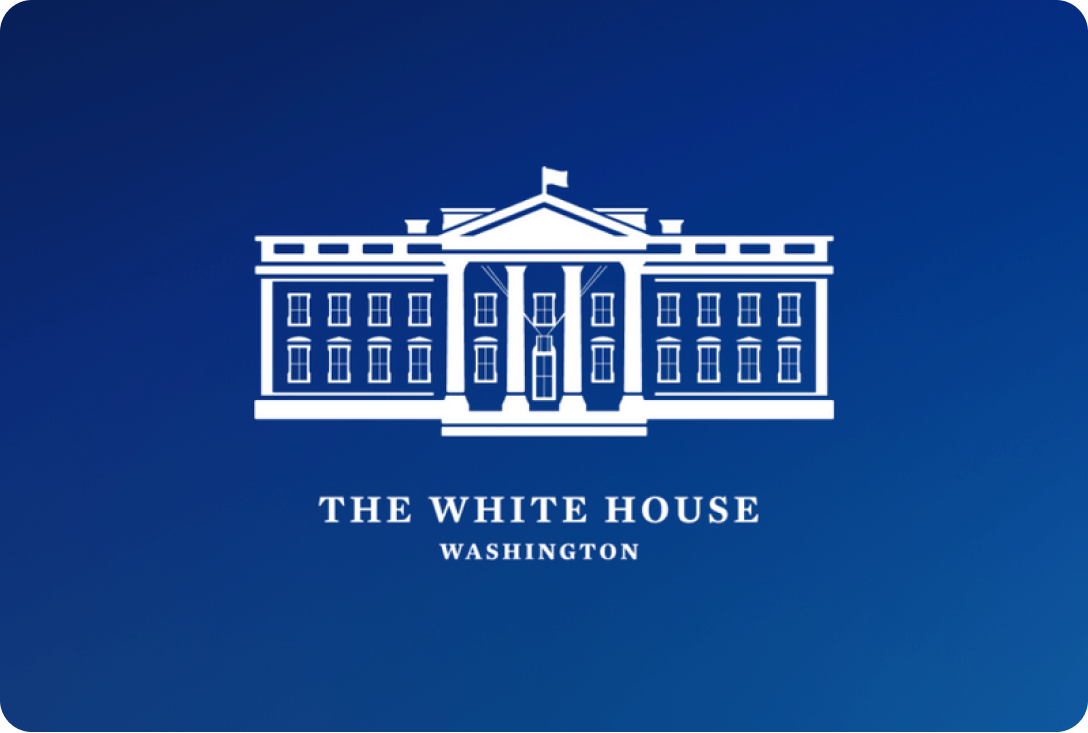On May 12, 2021, the Biden administration released a long-anticipated executive order designed to help strengthen America’s cybersecurity. One of the executive order’s most important sections deals with bolstering software supply chain security, which has been in the spotlight following a series of devastating supply chain attacks (such as the SolarWinds hack).
The executive order outlines several elements of supply chain security where organizations will face new and heightened regulations. These include threat detection, code provenance checks, the inventory of third-party components, and more.
The U.S. government is expected to publish more specific standards governing each of these elements in the coming months, but the executive order offers enough information to help organizations get an early start on compliance.

Sign up for a free consultation with one of our SCA experts, which includes an overview of how FOSSA can help your organization address new standards and requirements.